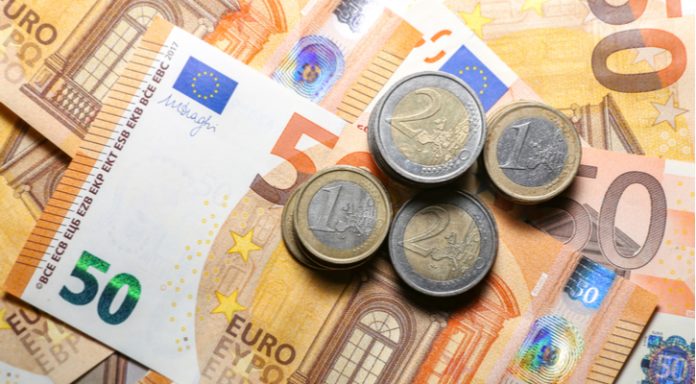- Euro (EUR) slips lower after stellar rally across the past 10 days
- Rising coronavirus cases in Spain remain in focus amid growing concerns for the tourist industry, unemployment rises
- US Dollar (USD) rebounds as hopes grow of an additional stimulus package
- US consumer confidence expected to fade
After climbing 0.87% in the previous session, the Euro US Dollar (EUR/USD) exchange rate is slipping lower on Tuesday. The pair settled in the previous session at US$1.1752. At 07:15 UTC, EUR/USD trades -0.2% at US$1.1724. This is at the lower end of the daily traded range.
The recent rally in the Euro is pausing for breath as concerns over rising coronavirus cases in Spain, France and Germany weigh on sentiment. Spain is fighting to save its embattled tourist sector after the UK imposed a 14 day, then 10-day quarantine on those holiday makers returning from Spain. Spain’s rate of infection has jumped in recent days.
Today Spain released unemployment figures, with the rate rising to 15.3% in the second quarter, reflecting the negative impact that the coronavirus pandemic and lockdown have had on the economy.
Tens of thousands of firms have signed up to a government programme which partially subsidises workers’ wages to avoid job losses. This means the true state of the labour market is being masked. Only when the government subsidies start to expire will the depth of the impact be revealed.
The US Dollar has seen an injection of life on Tuesday in a solid bounce back versus its major peers after slipping lower for the past 10 days. The US Dollar is paring some losses as investors look ahead to the possibility of a fresh US rescue package and to the Federal Reserve’s monetary policy announcement tomorrow.
Expectations are growing that the US will announce more stimulus before the unemployment benefits expire on Friday. Senate Republicans proposed a $1 trillion coronavirus aid package, paving the way to a showdown with the Democrats, who believe a much larger stimulus package in the region of $3 trillion is needed.
Attention will now turn to US consumer confidence data. With covid cases at 4.1 million and parts of the southern states going back into lockdown, consumer optimism is expected to fade in July, after rebounding last month. Weaker consumer confidence often translates to weaker spending which would slowdown the economic recovery.





